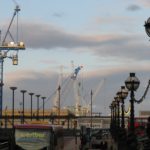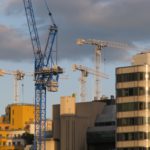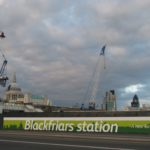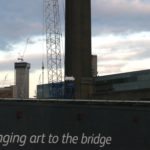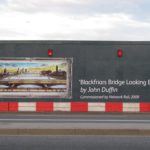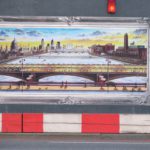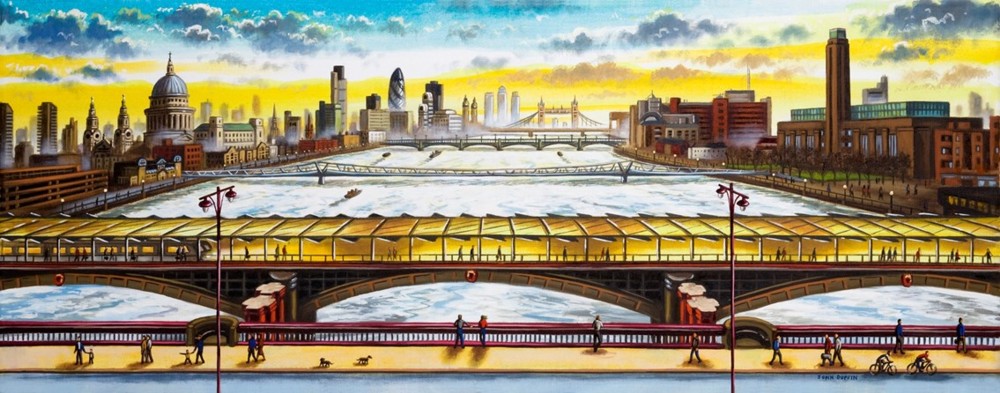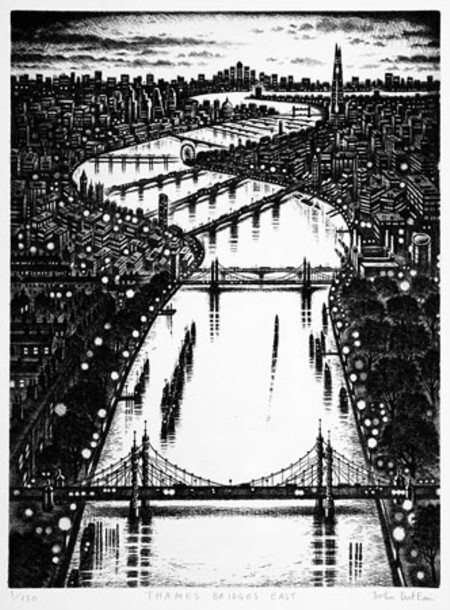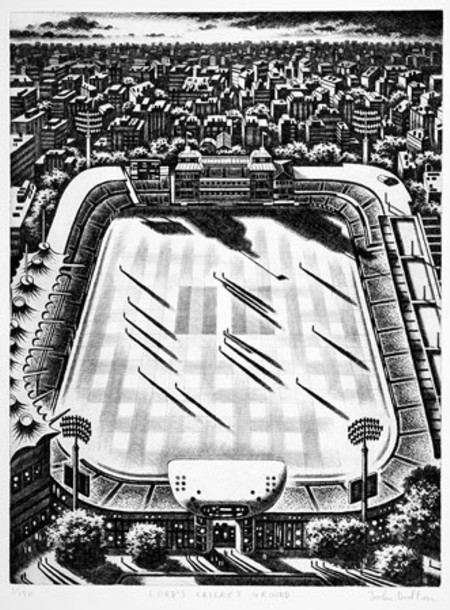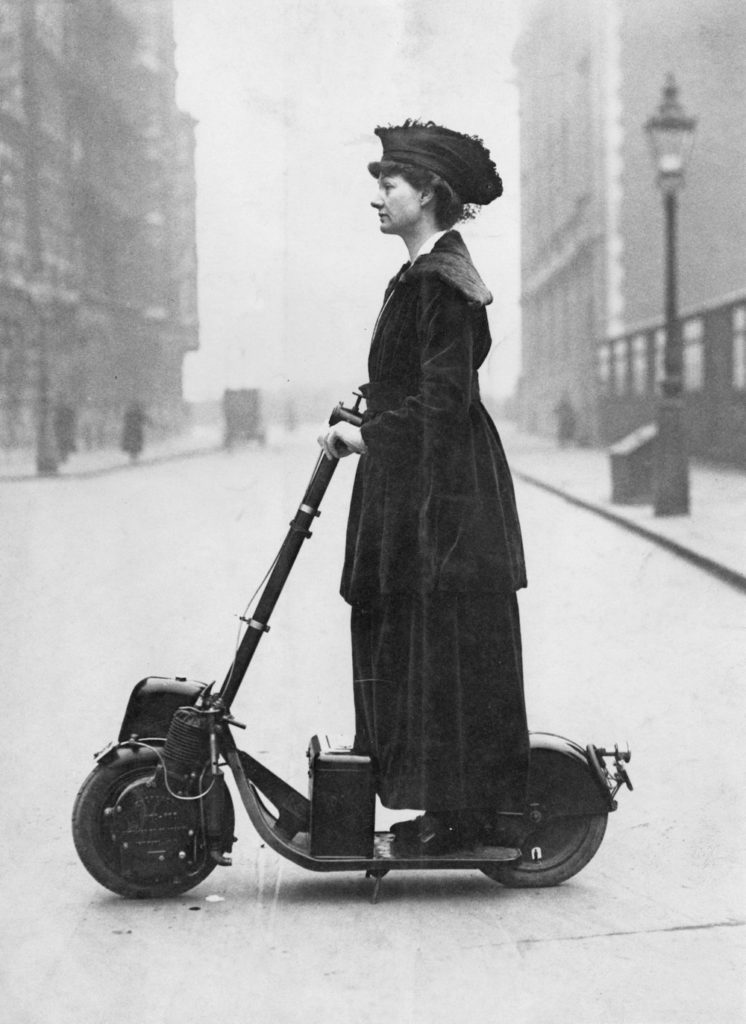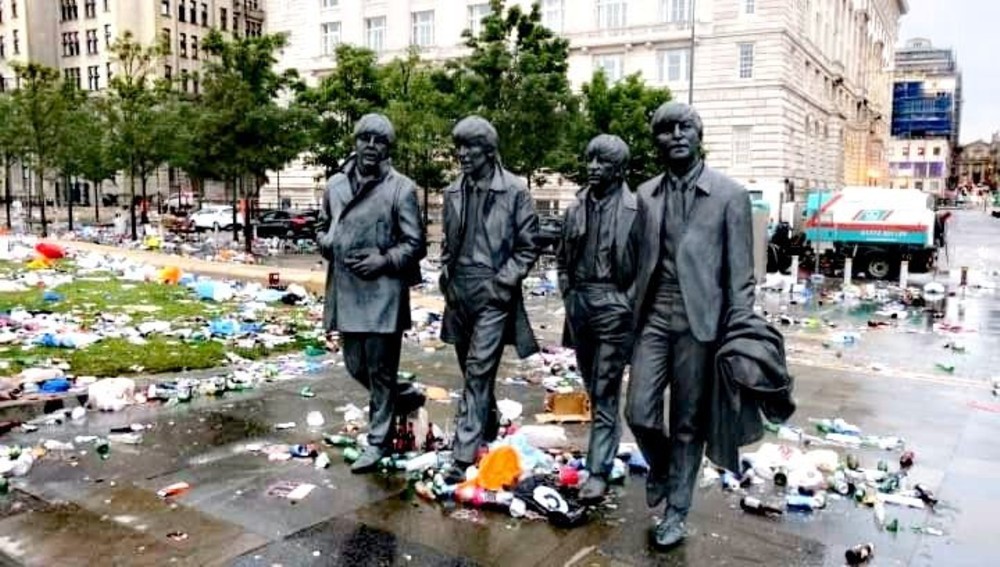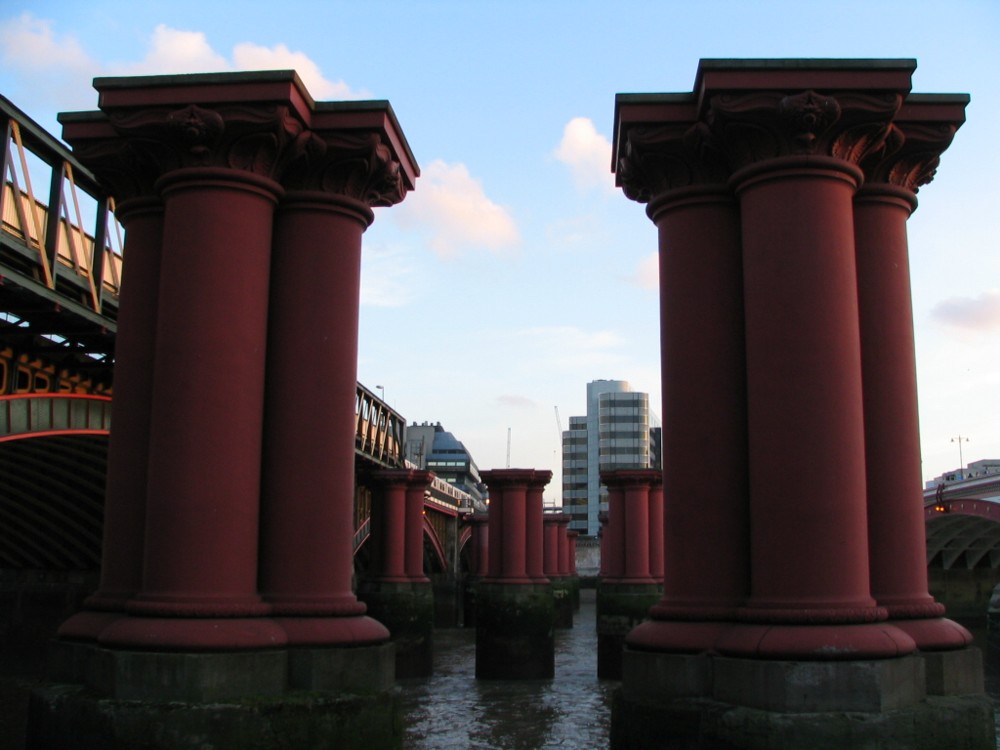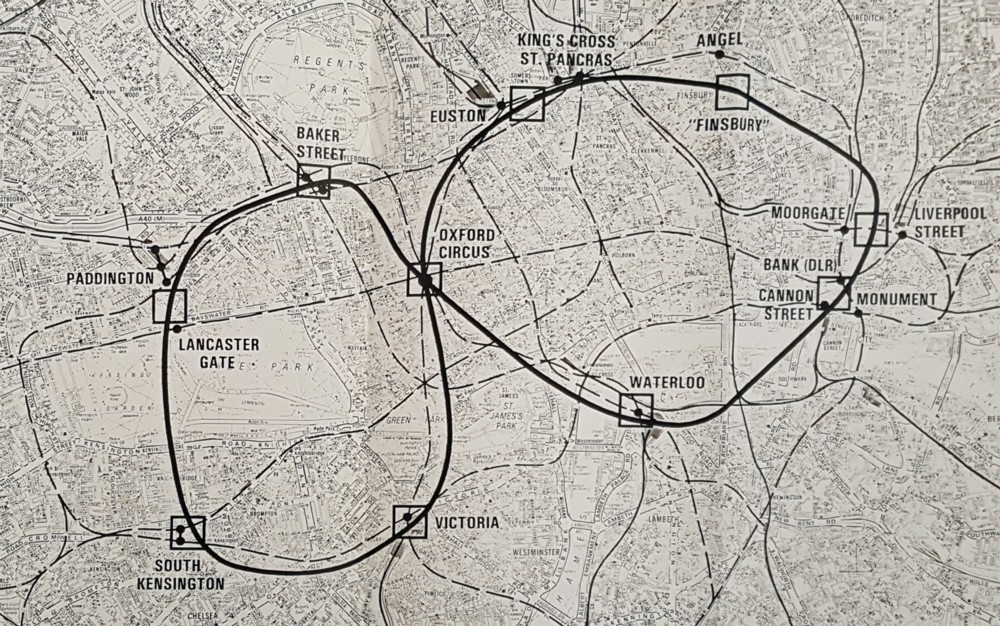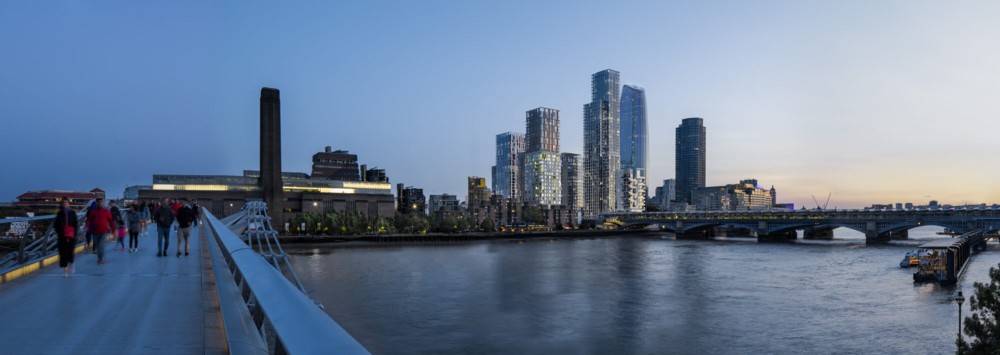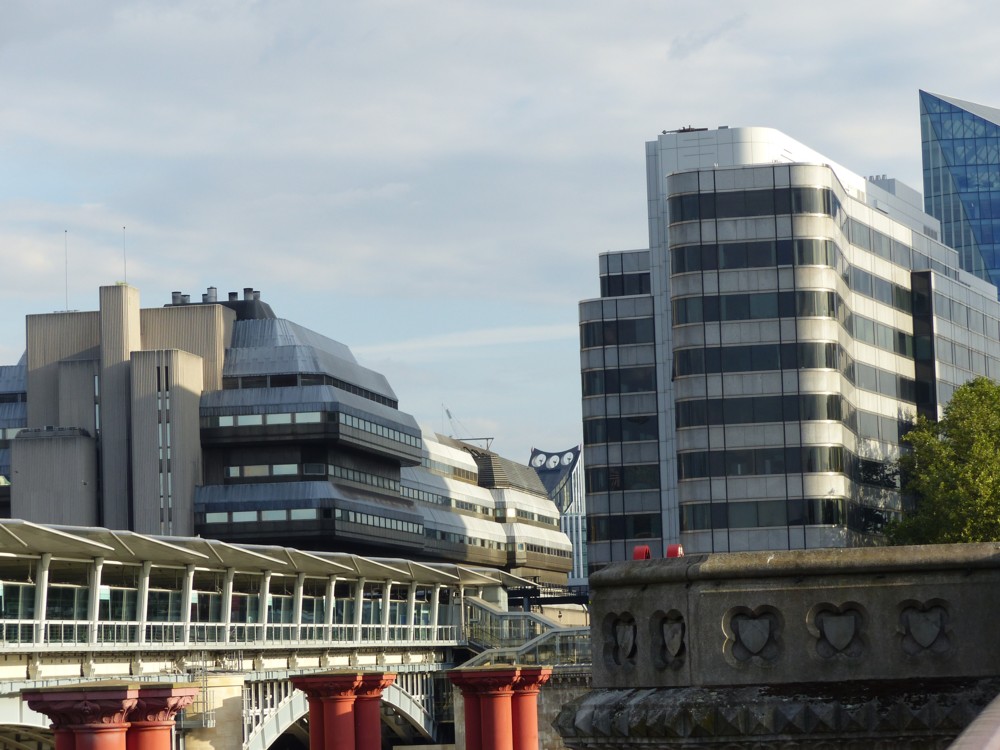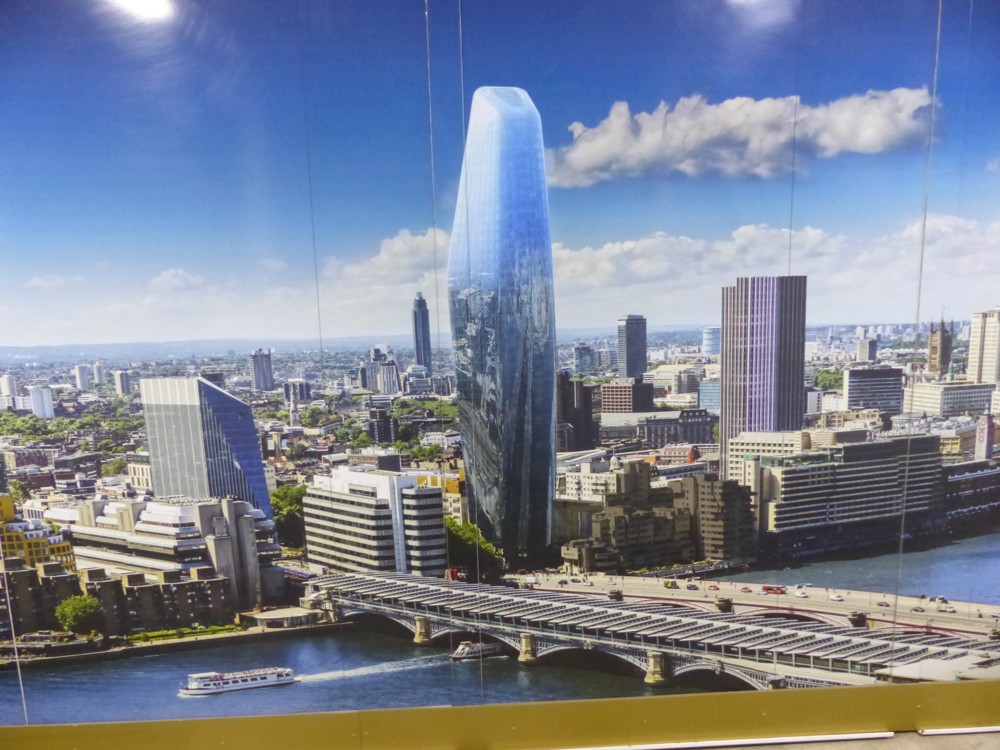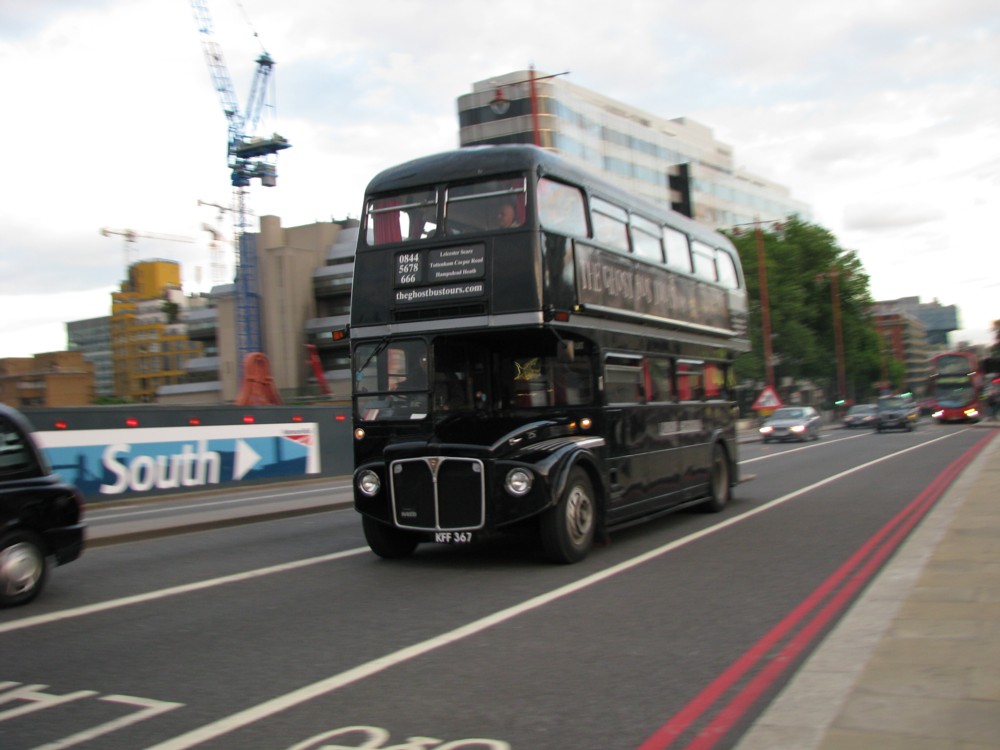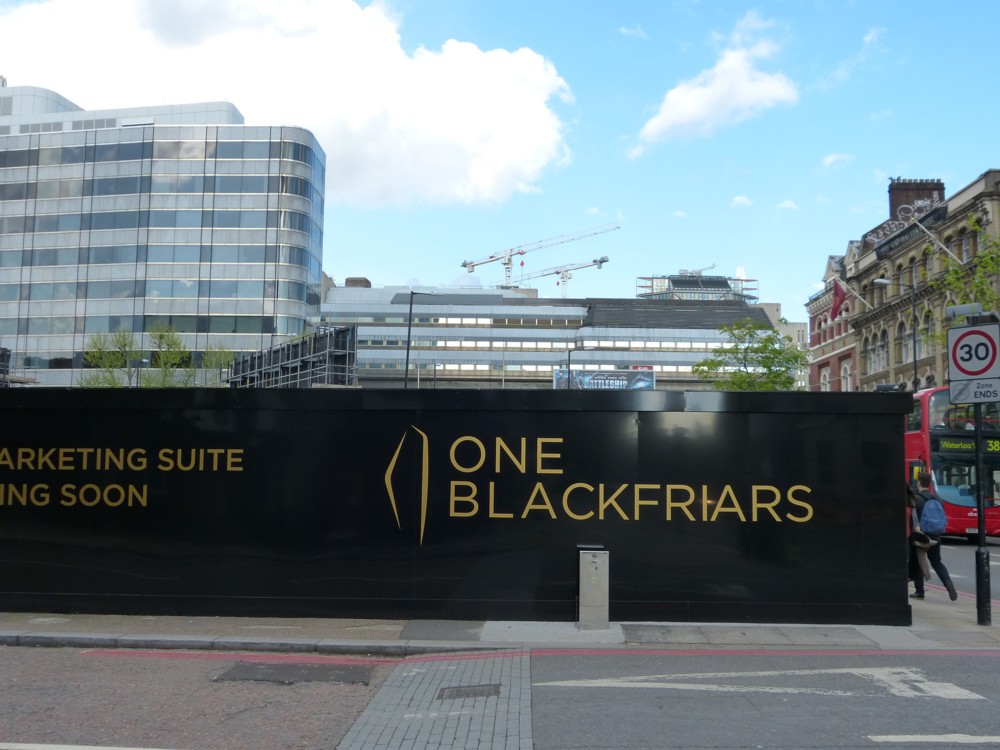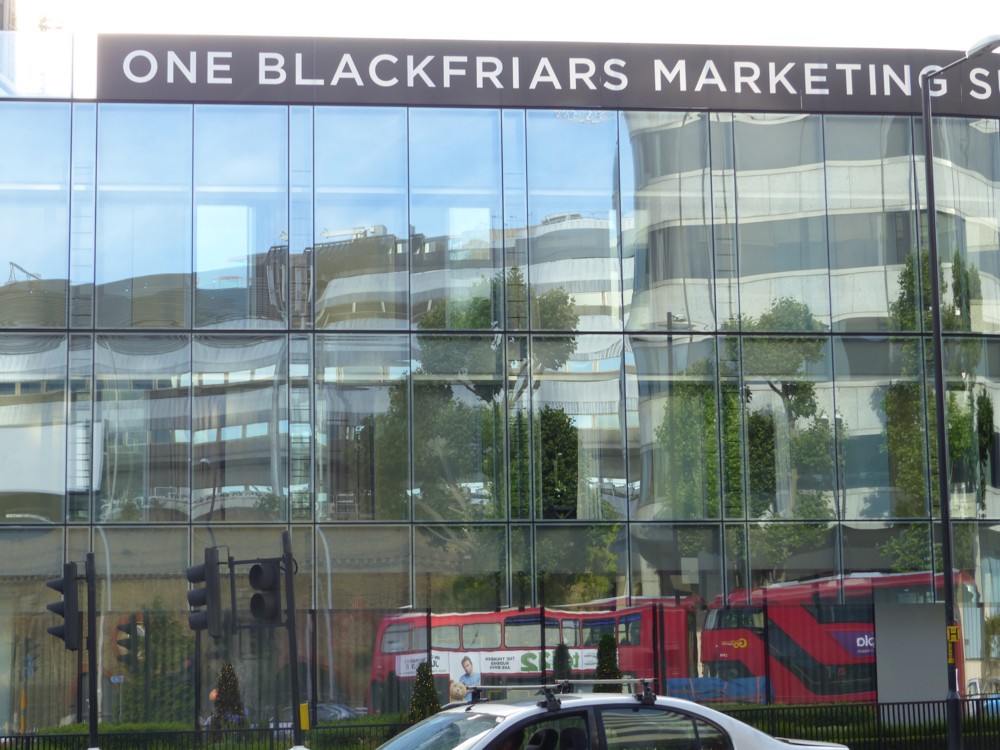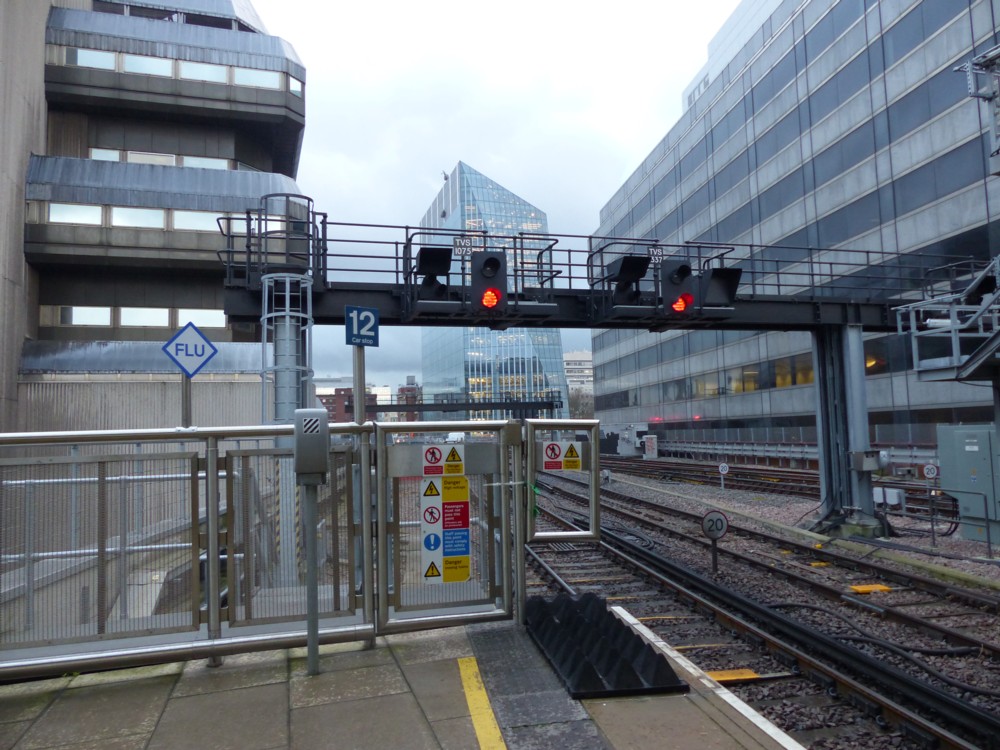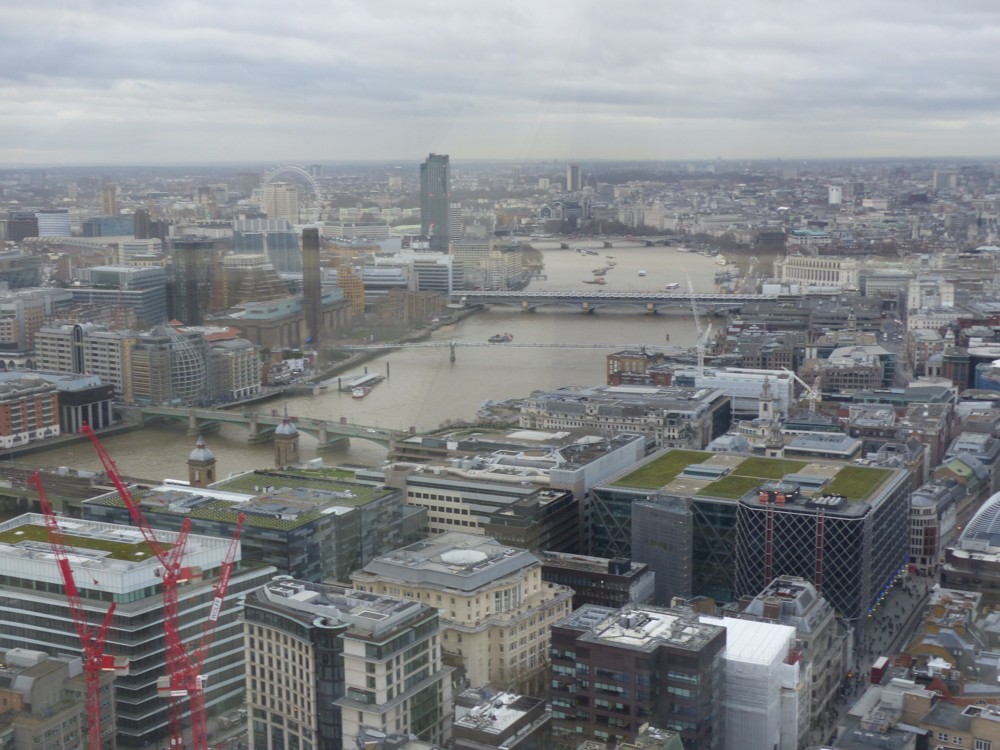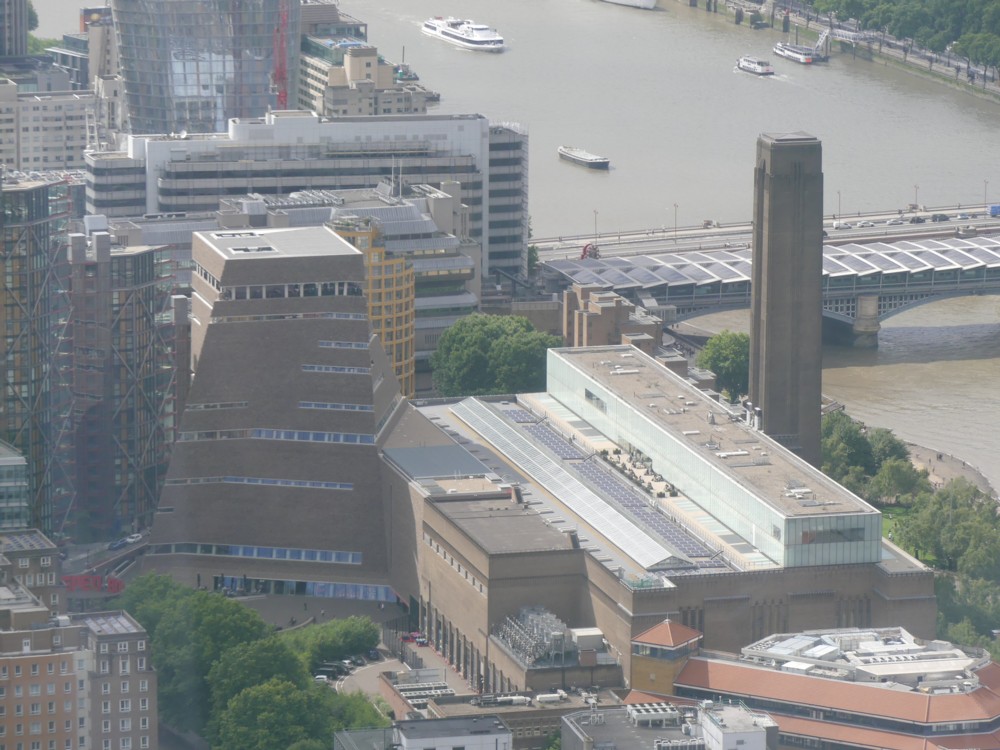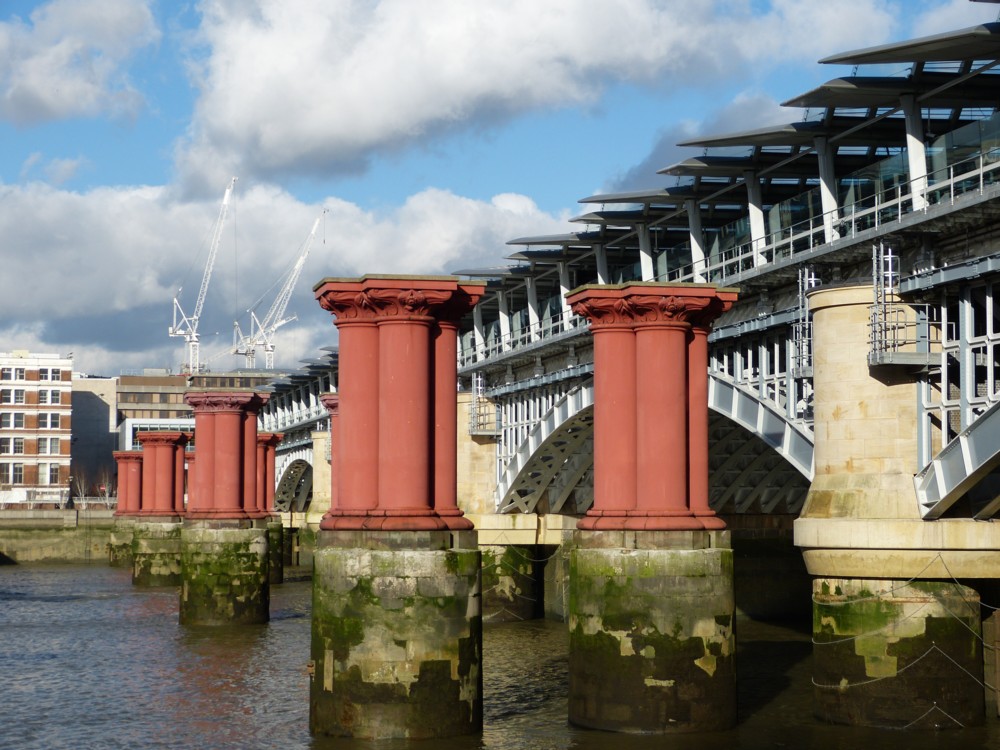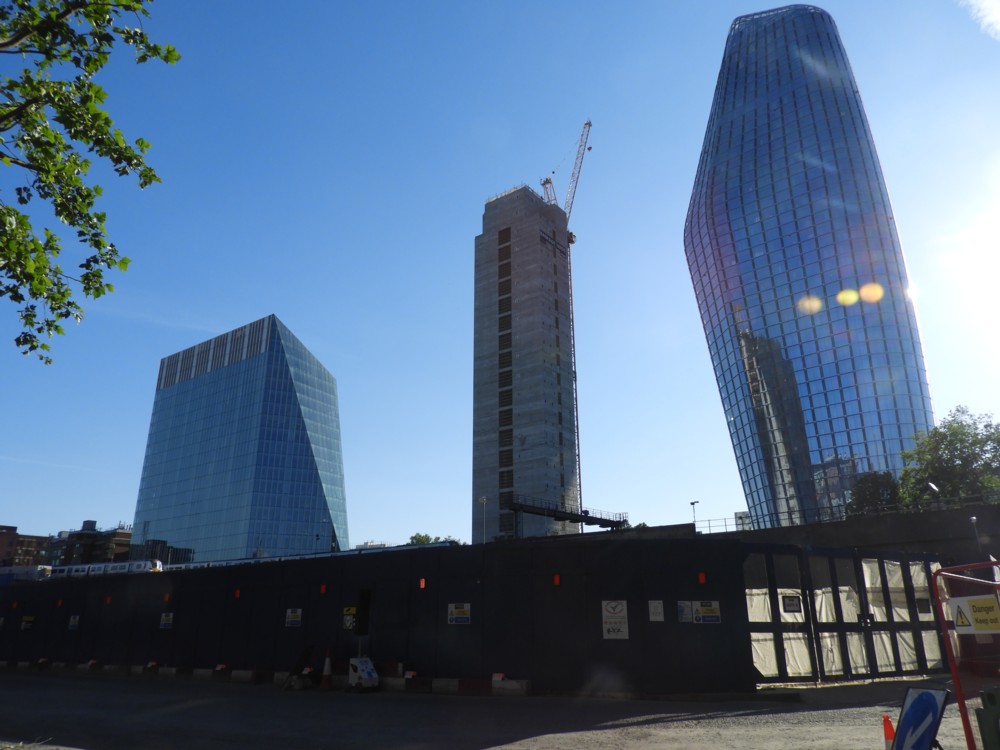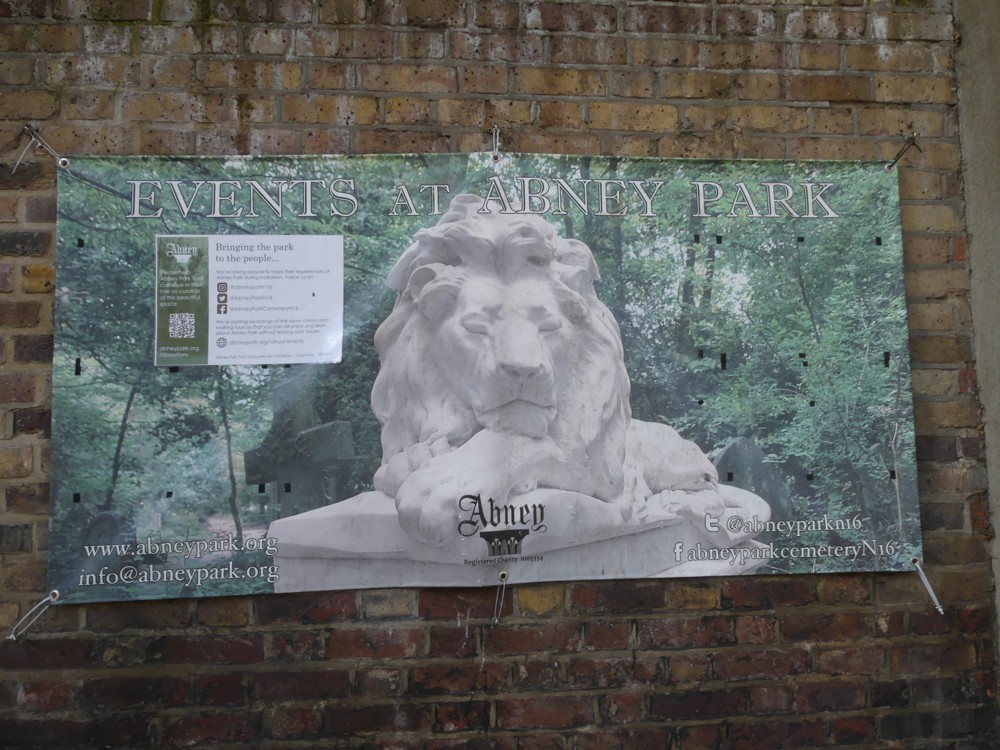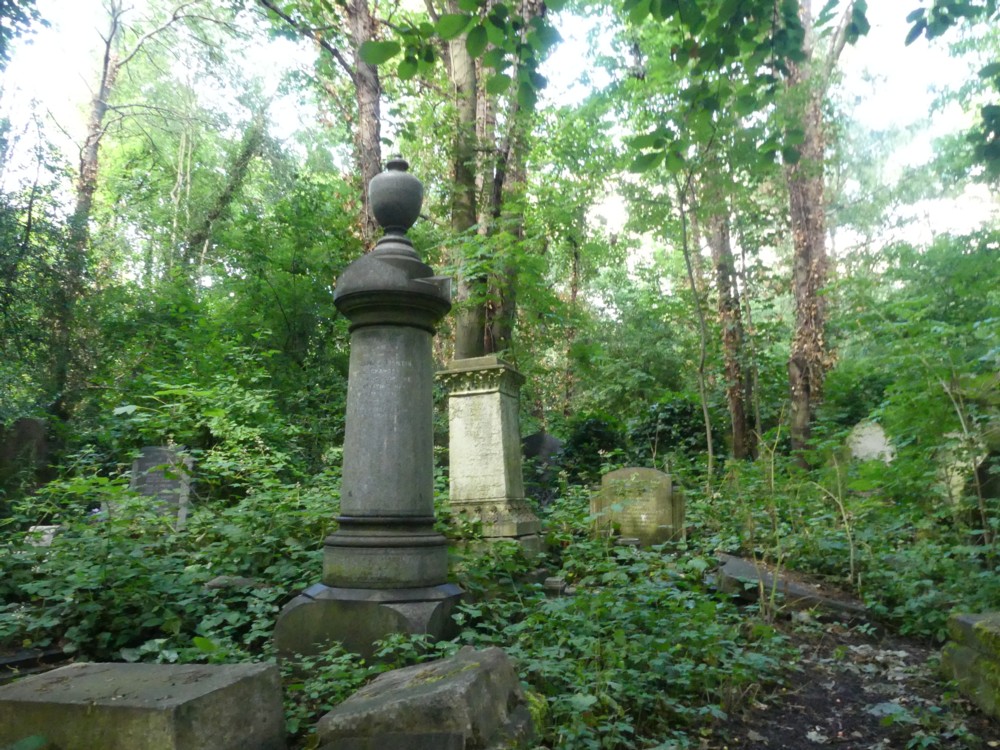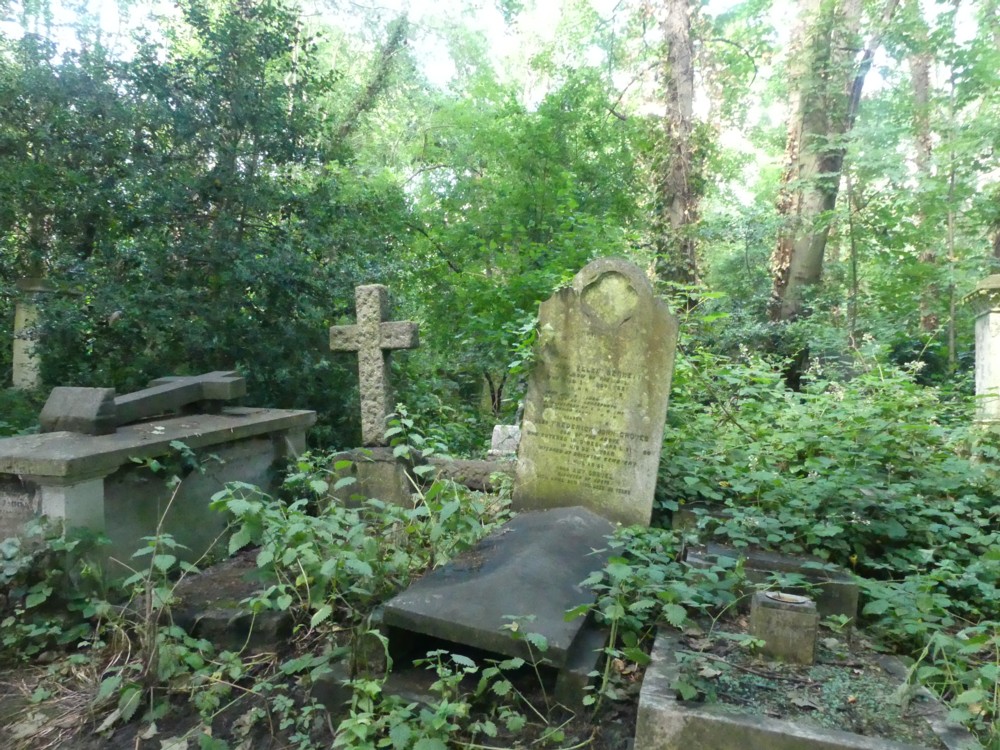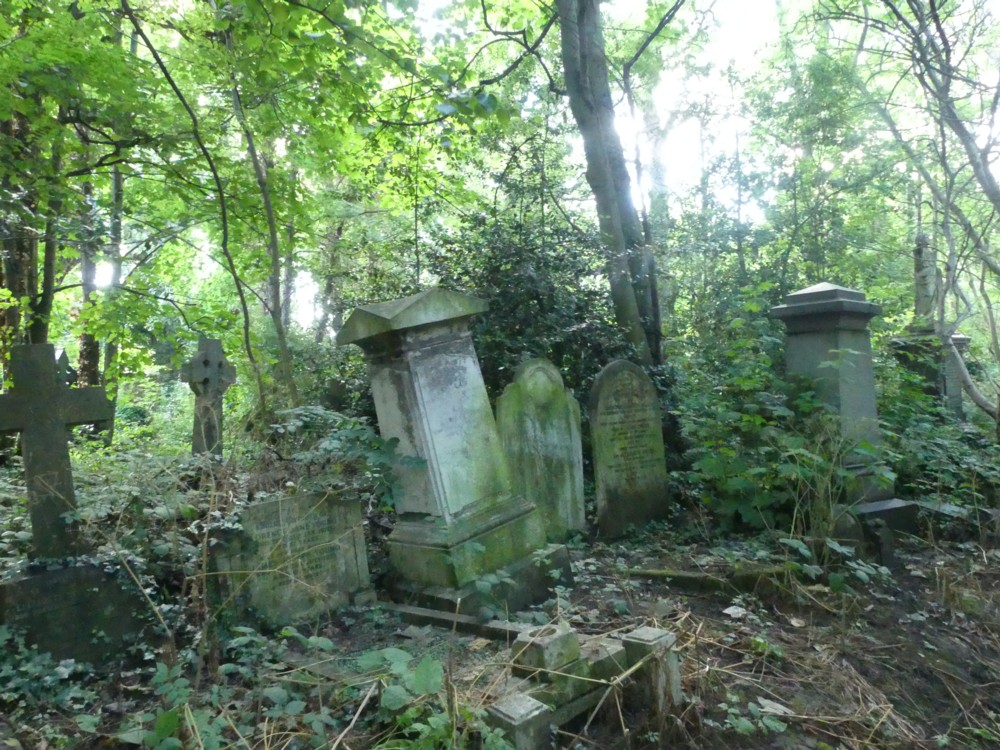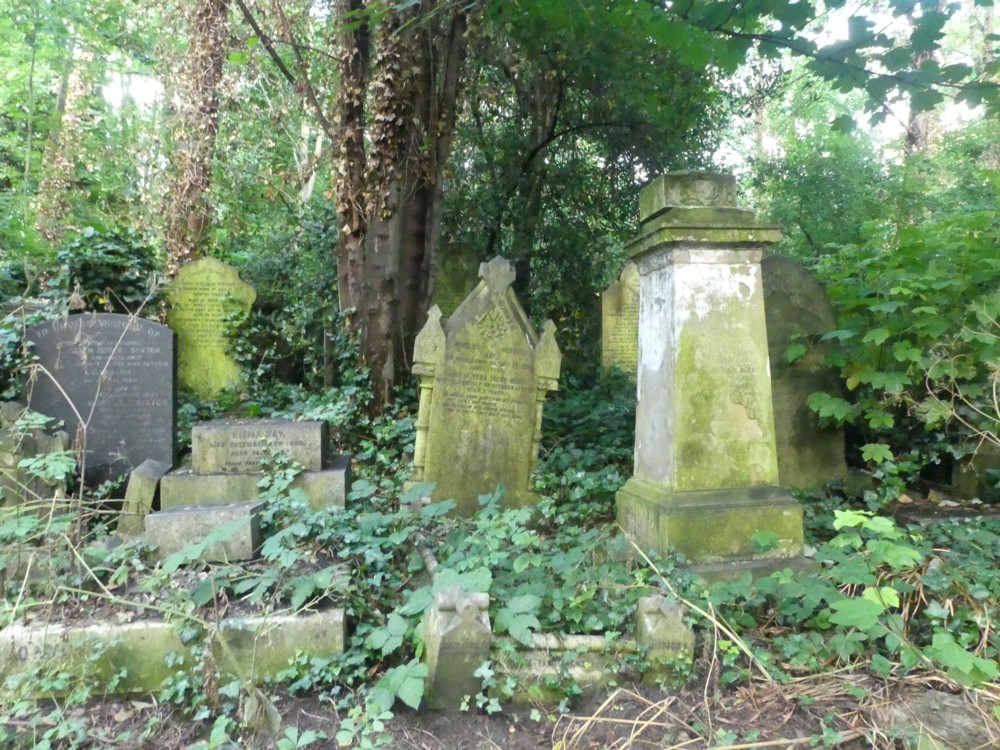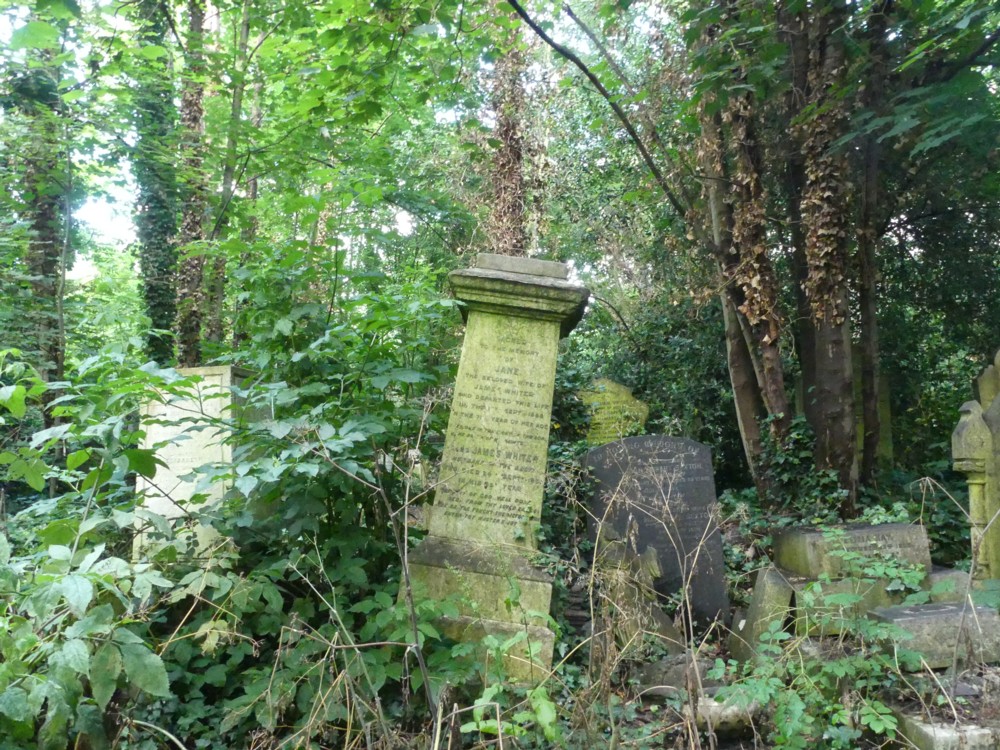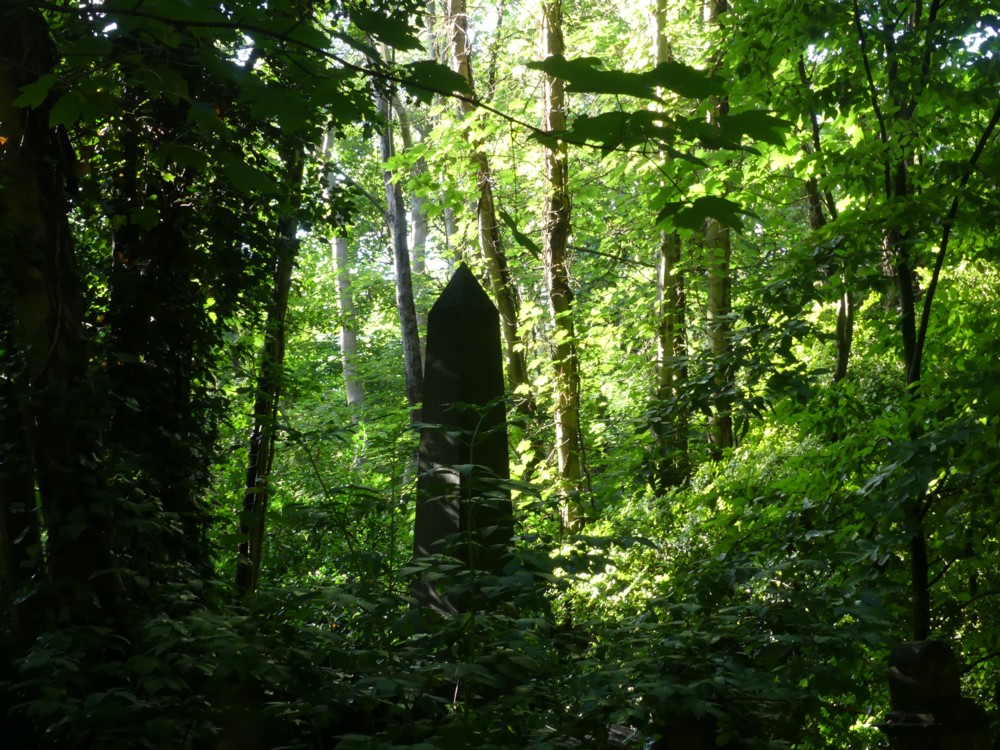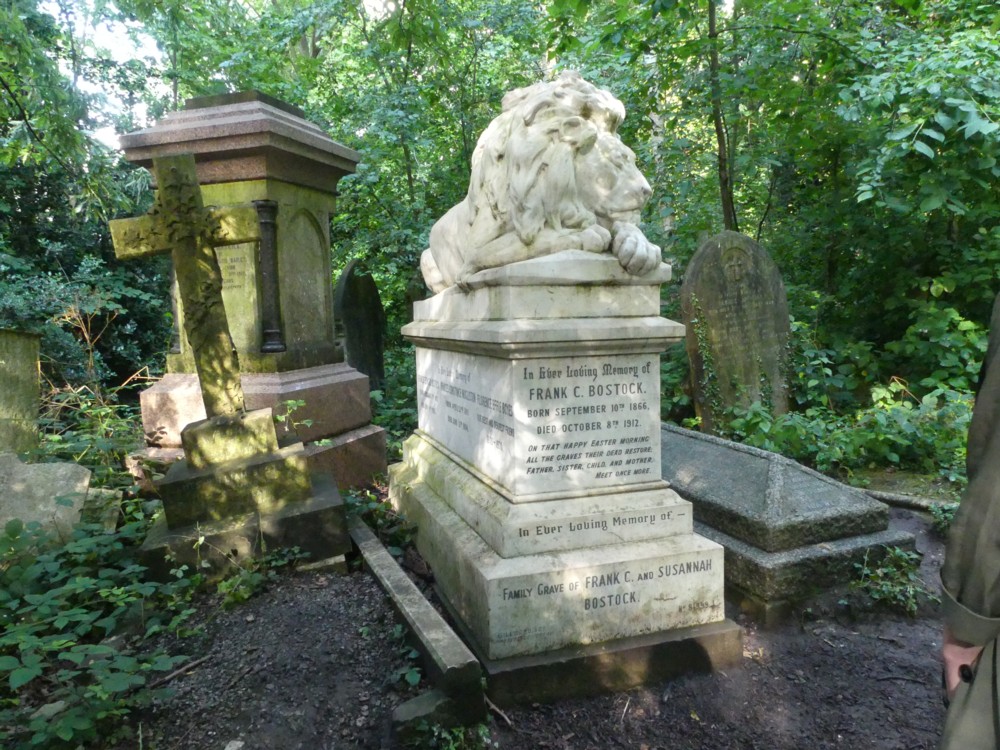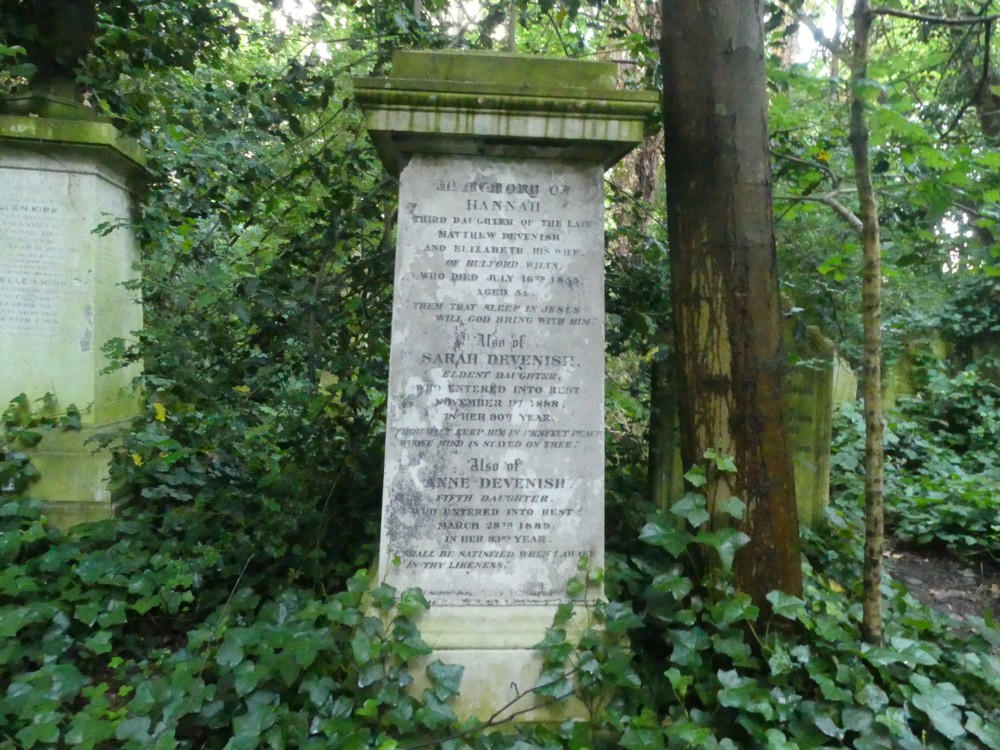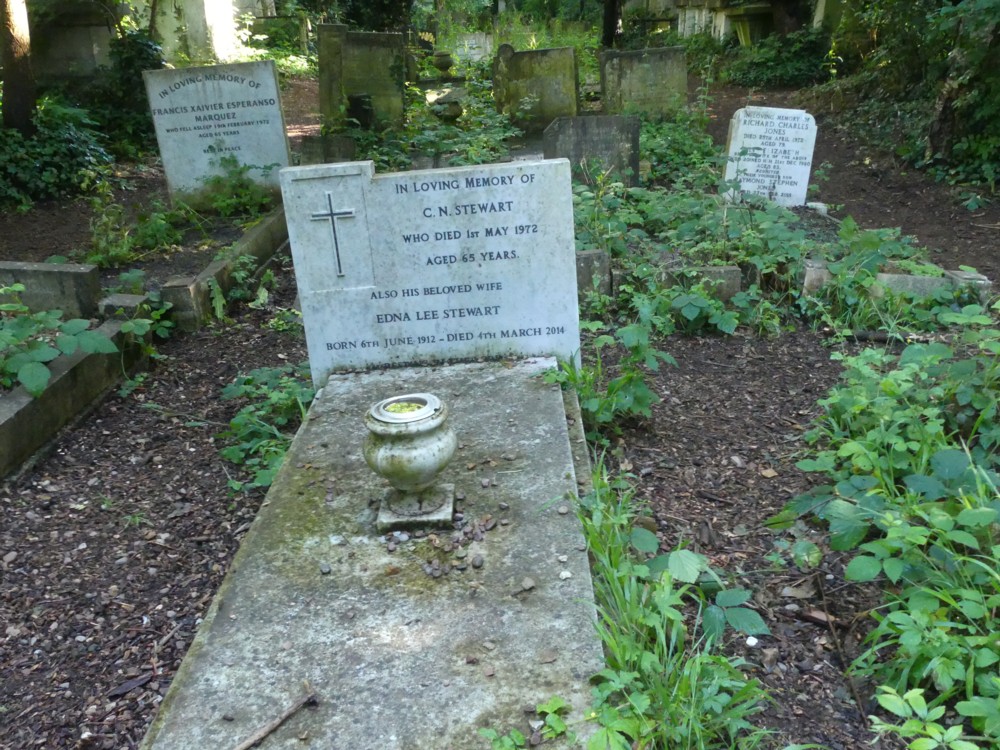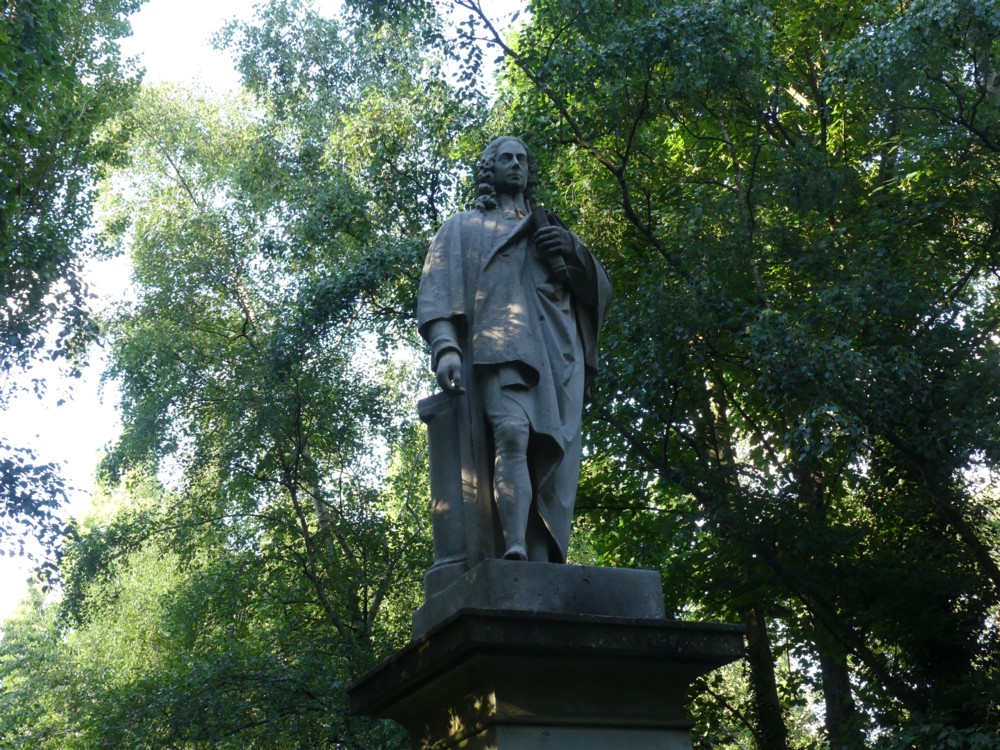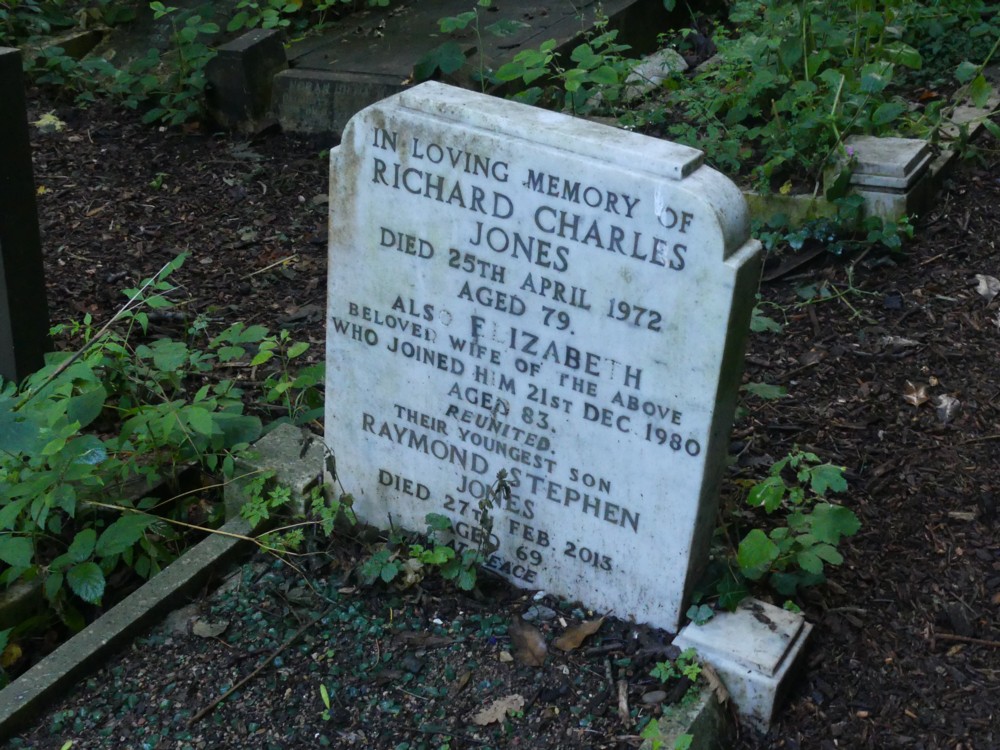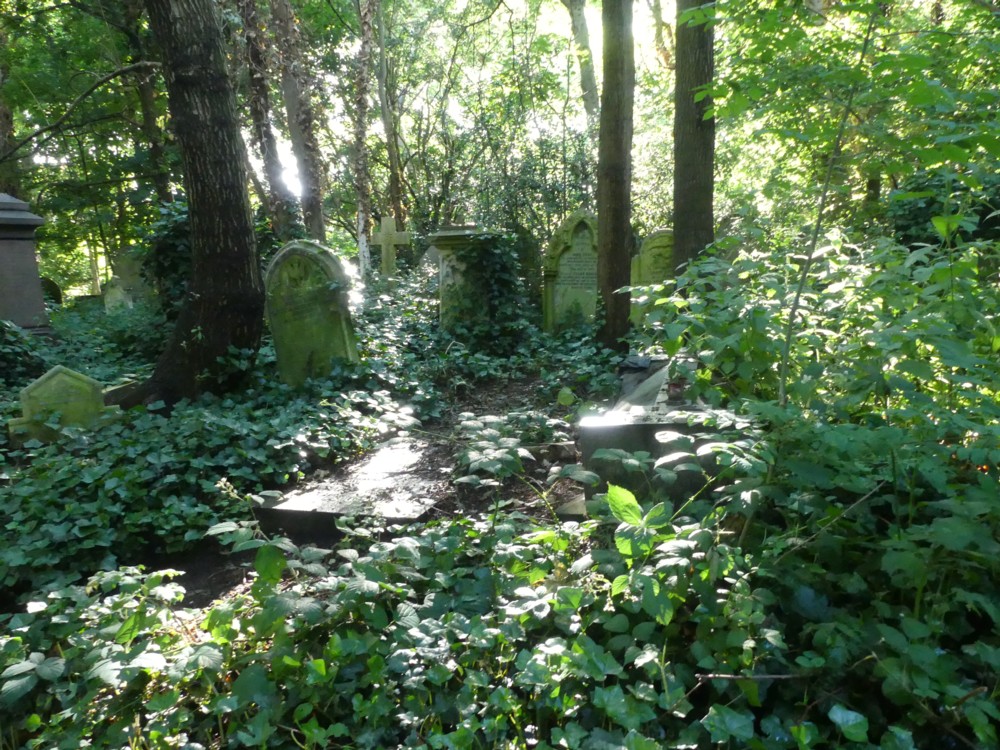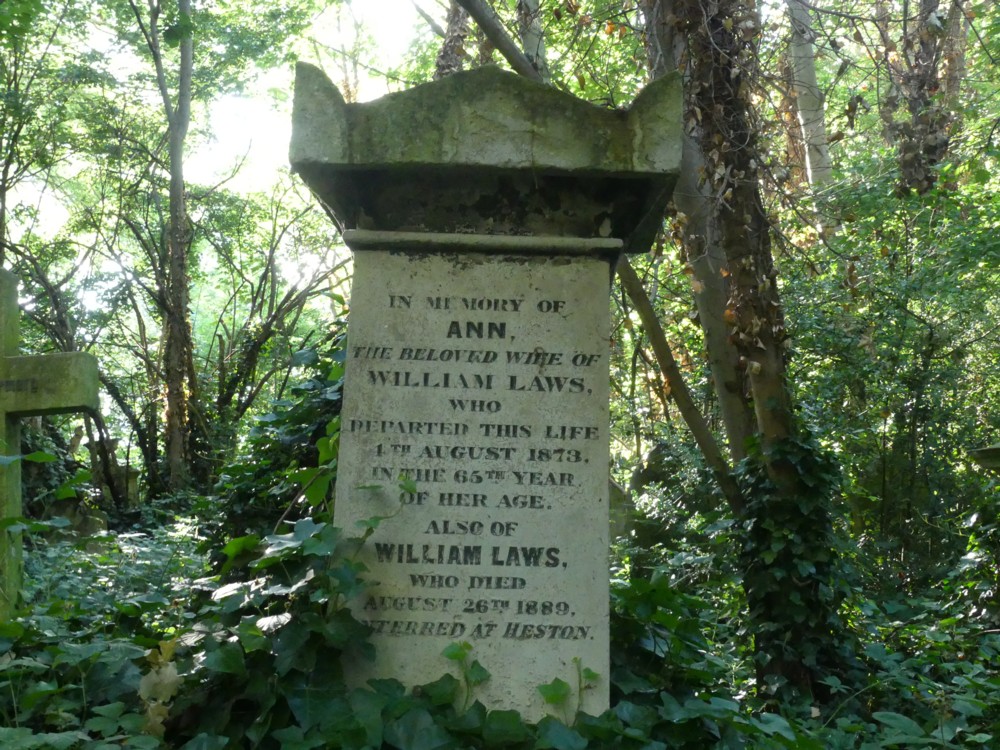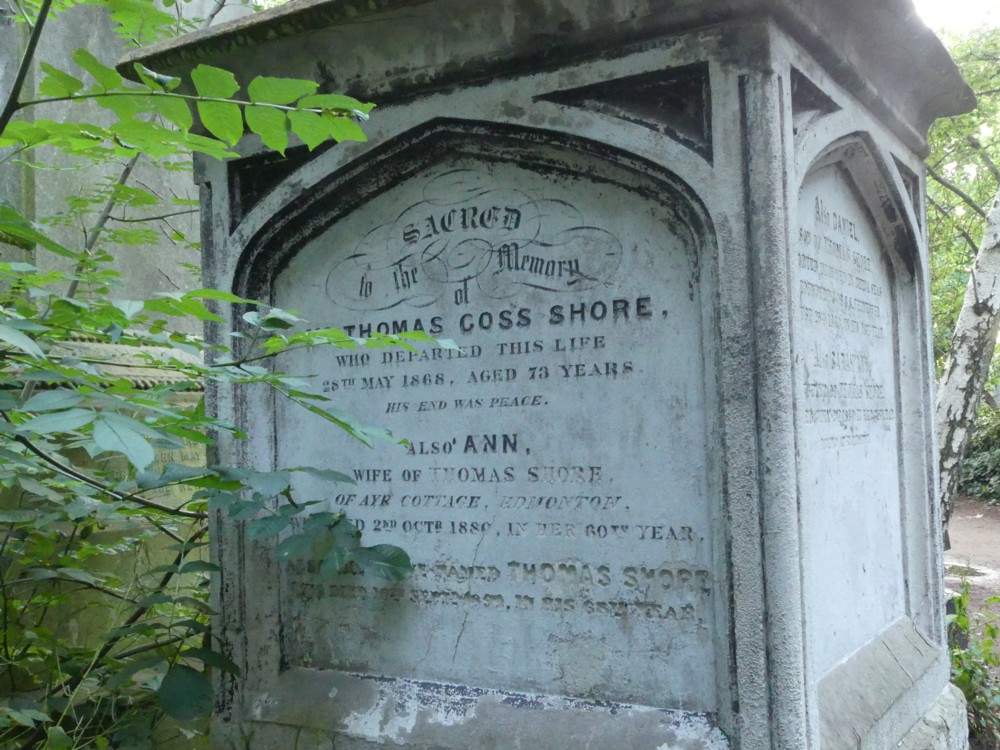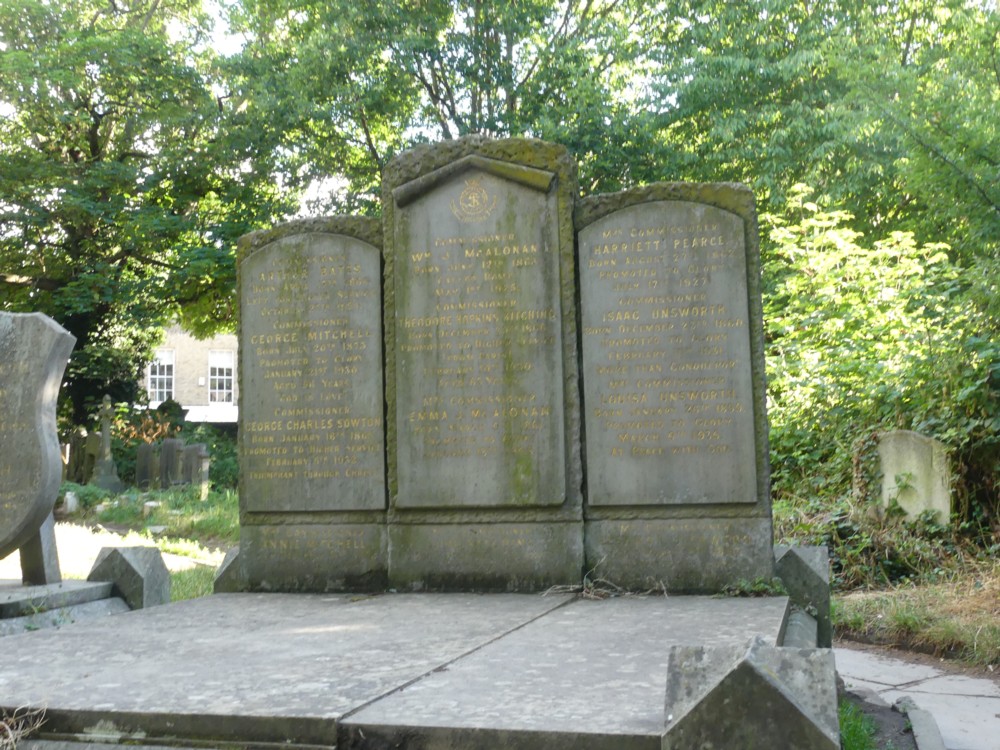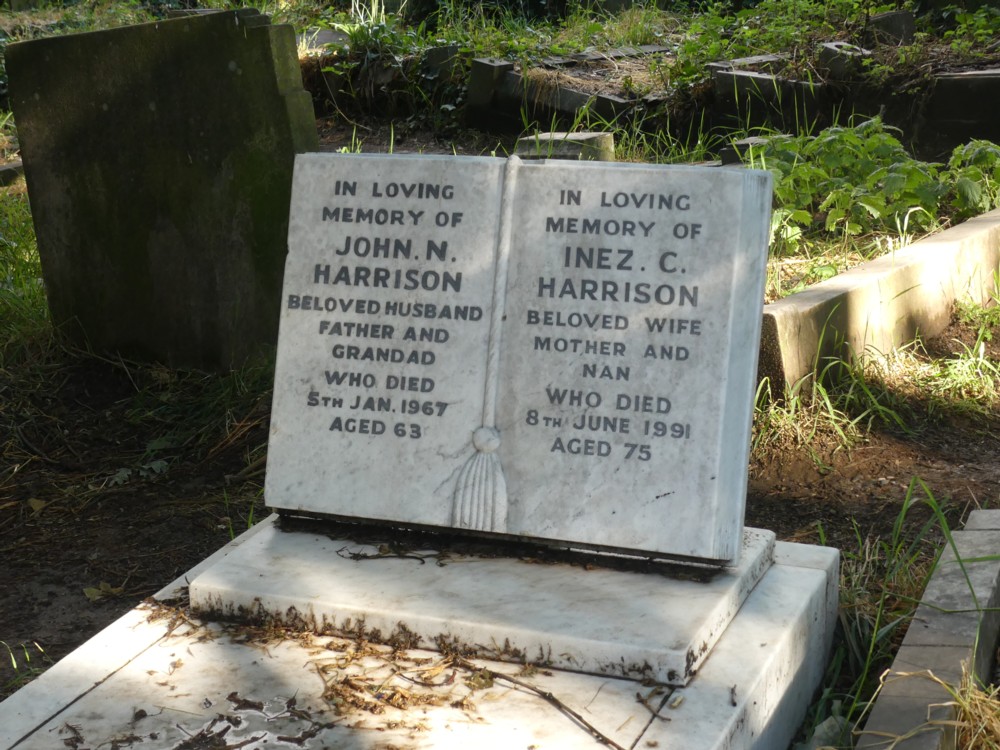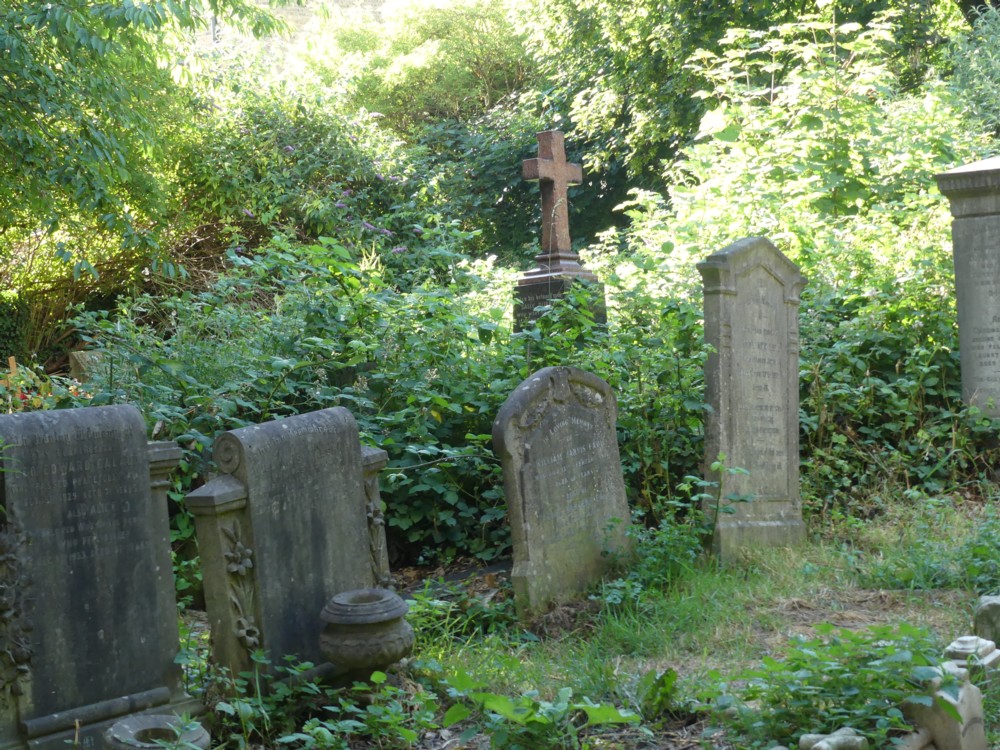The present dose of Plague History we’re having has caused much pessimism concerning the future of big, densely packed cities. Being an enthusiast for big city architecture, especially the seriously big and eye-catching sort, I am now more than ever on the lookout for people saying things about why cities confer, and will continue to confer, an advantage upon all those who live and work in them.
So, I particularly noticed this Bo Winegard tweet, when I encountered just now:
It depresses me how quickly a person on twitter can go from disagreeing with you to cursing and insulting you. Strikes me that there’s probably an evolutionary mismatch because almost all of our interactions were face-to-face. People are much nicer when they have to look at you.
I think that captures a key advantage of face-to-face communication, which is that it makes it more likely that those face-to-face communicating are that bit more likely to do it like ladies and gentlemen rather that like loutesses and louts.
I think people on twitter shout, so to speak, partly because they can. But also, maybe, because they feel they have to, to get their point across. If you do one of those oh-so-gently meaningful and very politely phrased criticisms, on Twitter, or for that matter during a conference-at-a-distance, you are liable to fear that your point will get lost. Your iron fist will be completely smothered by the velvet gloves you chose to wear. Face-to-face, you can literally see and hear and feel your point getting across. Or not, in which case you can politely rephrase it.
Being able to disagree in a civilised manner, in a way that doesn’t leave lasting scars or permanent feuds, is fundamental to the successful functioning of any organisation.
My dad was a barrister, in American: a trial lawyer. British barristers are always careful to call each other “my learned friend”, and the more fiercely they are quarrelling, the more they are careful to scatter these words upon all the insults they trade. That always used to amuse me, when my dad talked about it. But an important point was embodied in such drollery, not least because dad often spelled it out explicitly. When arguing, be polite. The more fiercely you argue, the more important politeness becomes. Twitter seems to make that harder. Face-to-face communication makes it easier.
So, cities will survive. Face-to-face communication is now one of their core purposes.

